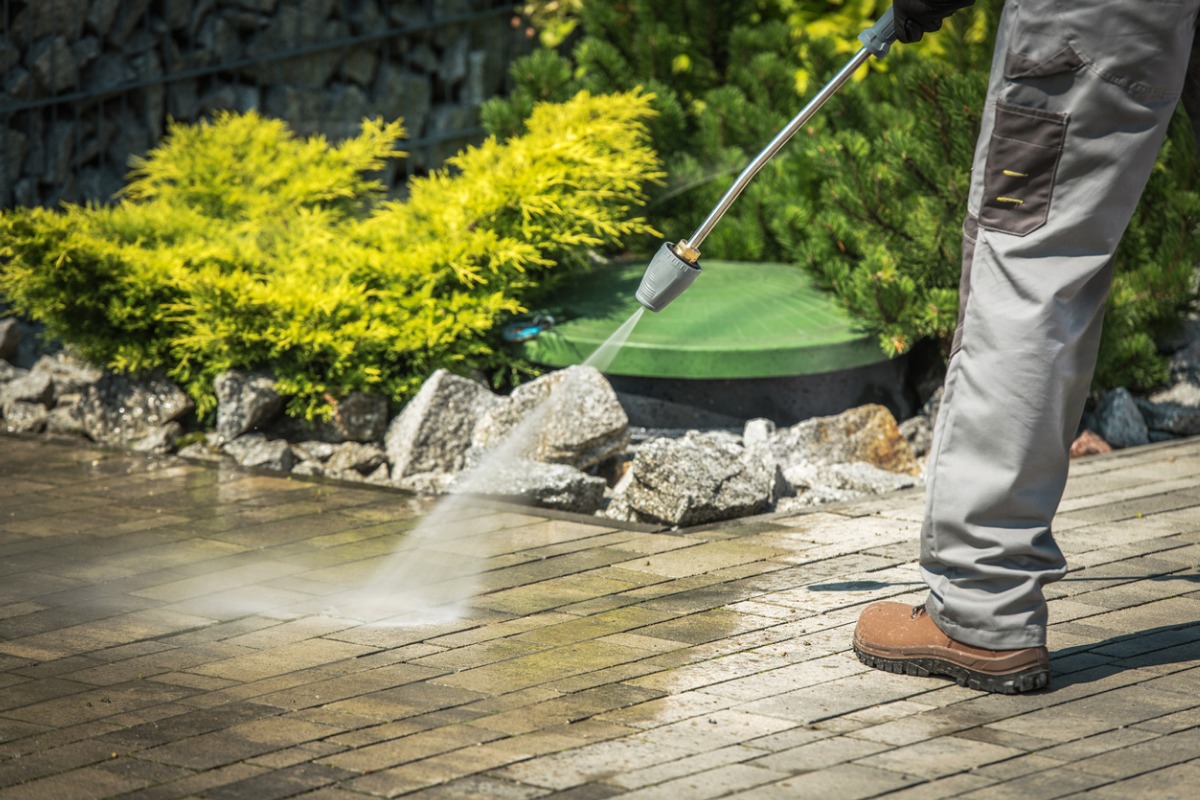Understanding the Basics of Gum Using for Jar Repair
Understanding the basics of gum using for jar repair involves recognizing the properties of various types of gums and their adhesive capabilities. Gums, particularly those derived from natural sources such as rubber tree sap or synthetic versions, have unique characteristics that make them suitable for certain types of repairs. When it comes to repairing a jar, it is essential to consider the material composition of both the jar and the gum. Some gums provide flexibility, which can be incredibly beneficial for items that may expand or contract due to temperature changes. Others form a rigid bond, making them well-suited for materials that require stability rather than flexibility. Before initiating the repair process, it is crucial to evaluate the damage to the jar and select the appropriate gum that will ensure a lasting fix. The method of application is equally important in the gum using process. When repairing a jar, the surface must be clean and devoid of any remnants of old adhesive or contaminating substances. A thorough cleaning with soap and water, followed by drying, aids in achieving optimal adhesion. To apply the gum, one should follow the manufacturer’s instructions regarding the amount to use, as excessive application may not only be unnecessary but could also hinder the effectiveness of the repair. It is advisable to apply the gum in a controlled manner, ensuring that it bridges the gap or crack in the jar uniformly. Additionally, some types of gum require curing time, which typically lasts anywhere from a few minutes to several hours, depending on environmental conditions and the specific gum formulation utilized.
Once the gum has been applied and has cured as per the guidelines, it is vital to conduct a thorough inspection of the repaired area. Checking for any leakage is essential, particularly if the jar is intended to hold liquids. A well-executed gum using technique will result in a robust repair that not only restores functionality but also maintains the aesthetic integrity of the jar. If the repair holds under light stress, it signifies that the bonding has been successful. Should any issues arise post-repair, such as additional leaks or cracks, it may be necessary to reassess the execution of the gum application, considering factors such as the choice of gum, cleanliness of the surface, and sufficient cure time. By understanding these basic principles, individuals can effectively employ gum for jar repairs, ensuring both functionality and durability. In addition to understanding the properties and methods of gum using for jar repair, it is also essential to recognize the different types of gums available for such tasks. Natural gums, such as gum Arabic or gum tragacanth, primarily serve as binders in food and pharmaceuticals, but their adhesion properties can be utilized for light repair tasks. On the other hand, synthetic gums like cyanoacrylate (often marketed as super glue) provide a rapid bond with high strength, making them suitable for more significant repairs to glass or ceramic jars. Each type of gum comes with its unique set of advantages and disadvantages, so selecting the right one is paramount to ensure the longevity of the repair. Understanding the distinctions between these materials can help the user choose the appropriate gum according to the specific jar repair needs. Another critical aspect of gum using in jar repair is the application technique employed.
A clean working environment and adequate preparation of the damaged area are fundamental to achieving a successful repair. For instance, if the jar features a single crack or a more complex break, it is advisable to apply the gum in layers, allowing each layer to set before adding the next. This layered approach can enhance the durability and effectiveness of the repair. Pressure may also be applied to ensure a good bond; however, caution should be taken not to disrupt the initial placement of the gum. Additionally, ensuring that the repaired jar is left undisturbed during the curing process is vital for a successful bond to form, preventing any misalignment or further damage during this time. Once the repair process has been successfully completed, it is beneficial to conduct post-repair maintenance and testing. Gently testing the integrity of the repair—such as filling the jar with a small amount of liquid or placing it in a safe environment—can help ascertain whether the gum using method has yielded a stable solution. It’s advisable to start with lighter loads or less valuable items first to gauge the effectiveness of the adhesive. Documenting the type of gum used, along with specific handling instructions, can assist in future repairs and delays arising from similar issues. Ultimately, honing this skill can transform how individuals handle broken or damaged jars, promoting a mindset of restoration rather than disposability. By adopting a practical approach and utilizing the right gum effectively, individuals can enhance their repair skills and potentially extend the lifespan of their collectibles or functional kitchenware.

